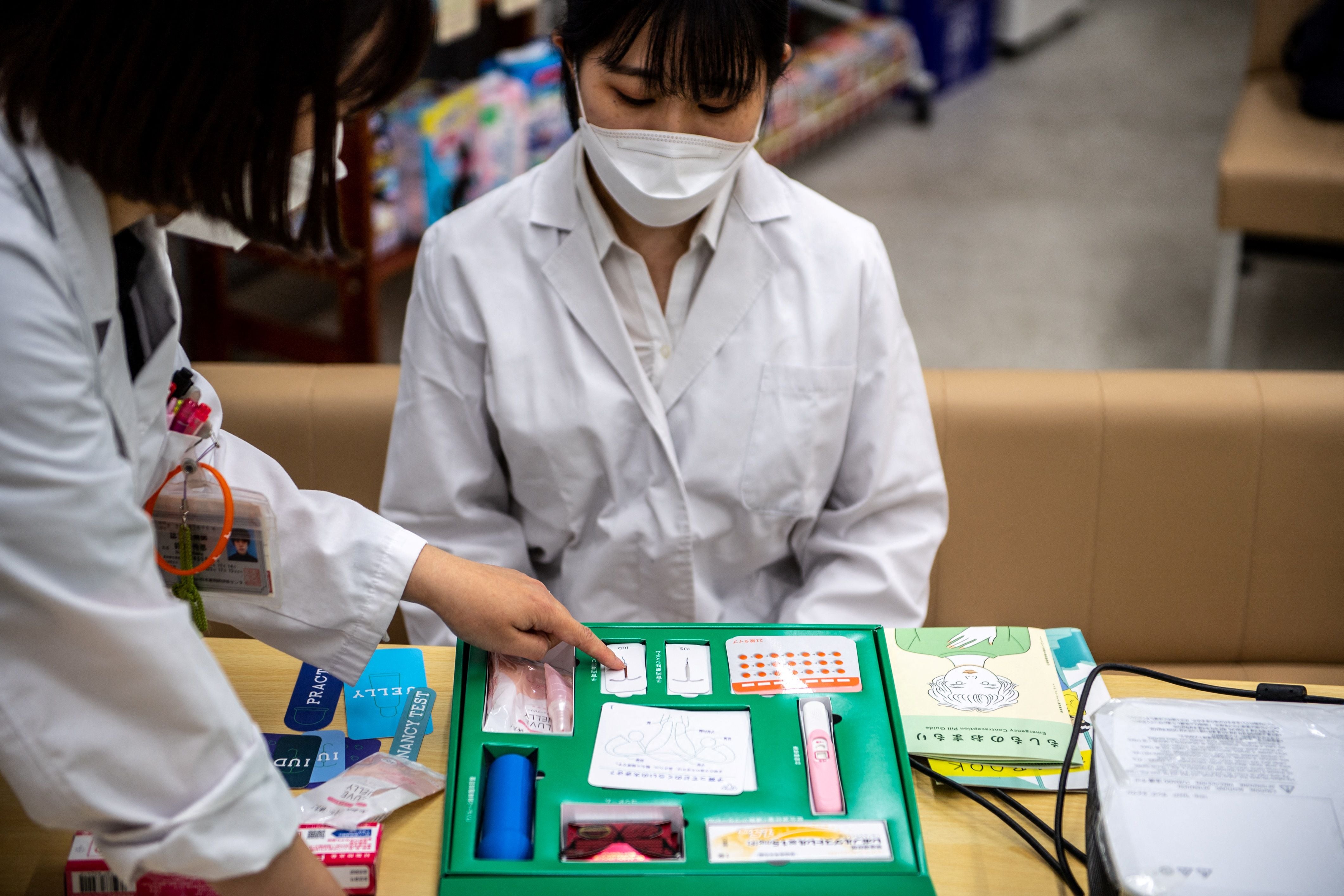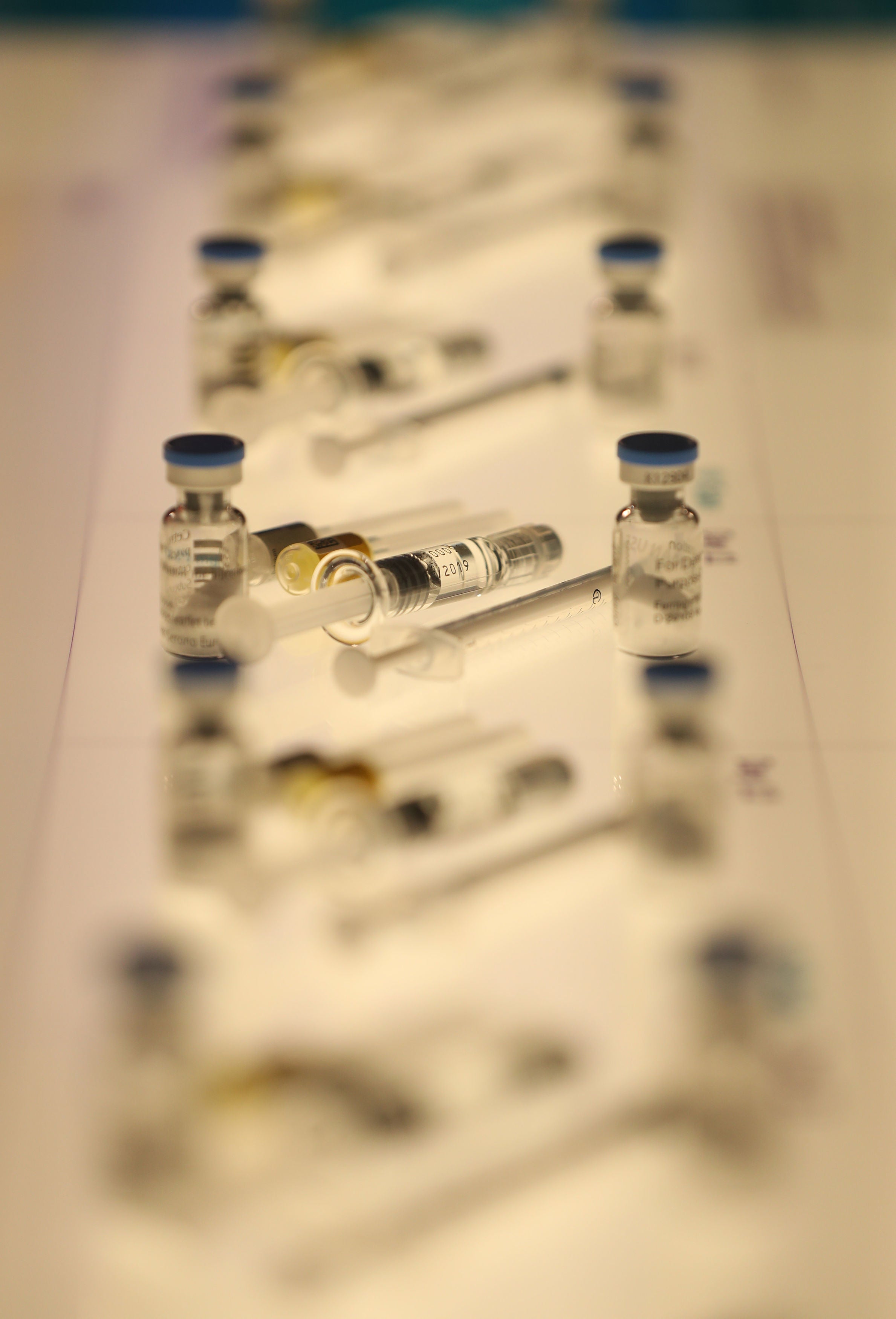Concerns about effect of fertility treatment on baby development ‘unwarranted’
Study’s findings will be a ‘welcome relief’ to patients

Children conceived through fertility treatment who show growth differences an infant catch up with their peers by their late teens, a study has suggested.
Concerns for the long-term risks facing children born through such fertility treatments emerged after the first IVF baby was born in 1978 in Manchester.
However, experts have now found that children born through IVF are unlikely to have any health implications.
Previous studies showed an increased risk of low birthweight and pre-term birth in babies conceived by assisted reproductive technology (ART), however there was relatively little known about long-term growth and weight gain.
Compared to naturally conceived children, it was found that people conceived using ART were on average shorter, lighter and thinner from infancy up to early adolescence according to research published in Jama Network Open.
However, the differences were small across all ages and reduced with older age.

Dr Ahmed Elhakeem, senior research associate in epidemiology at the University of Bristol, and lead study author, said: “This is important work.
“Over the last three decades conception by ART has increased.
“In the UK just over one in 30 children have been conceived by ART, so we would expect on average one child in each primary school class to have been conceived this way.
“Parents and their children conceived by ART can be reassured that this might mean they are a little bit smaller and lighter from infancy to adolescence, but these differences are unlikely to have any health implications.
“We acknowledge it is important that as more people conceived by ART become adults, we continue to explore any potential health risks at older age.”
An international research group from the Assisted Reproductive Technology and Future Health (ART-Health) Cohort Collaboration, looked at whether conception by ART – which mostly involves IVF – was associated with growth, weight and body fat from infancy to early adulthood.
ART options include intrauterine insemination (IUI), in-vitro fertilisation (IVF), IVF with intracytoplasmic sperm injection (ICSI), and the use of donor sperm (donor insemination) or eggs (egg donation).
Using data on 158,000 European, Asian-Pacific and Canadian children conceived by ART, the data sample included 8,600 children from Bristol’s Children of the 90s study.
Peter Thompson, chief executive of the Human Fertilisation and Embryology Authority (HFEA), said: “Around one in seven couples have difficulty conceiving in the UK which leads to around 53,000 patients a year having fertility treatment (IVF or donor insemination).
“The findings from this study will come as a welcome relief to these patients who begin treatment in the hope of one day having healthy children of their own.
“Health outcomes in children conceived using assisted reproductive technology is a high priority for the HFEA and we monitor the latest research and provide information for patients and professionals.
“Anyone considering fertility treatment can access this and other high-quality impartial information on fertility treatments and UK licensed clinics at www.hfea.gov.uk.”






Join our commenting forum
Join thought-provoking conversations, follow other Independent readers and see their replies
Comments